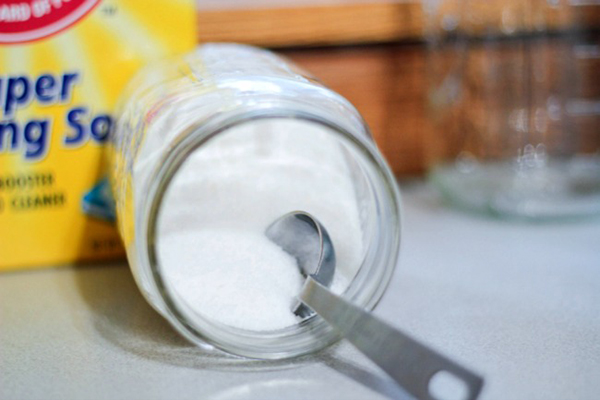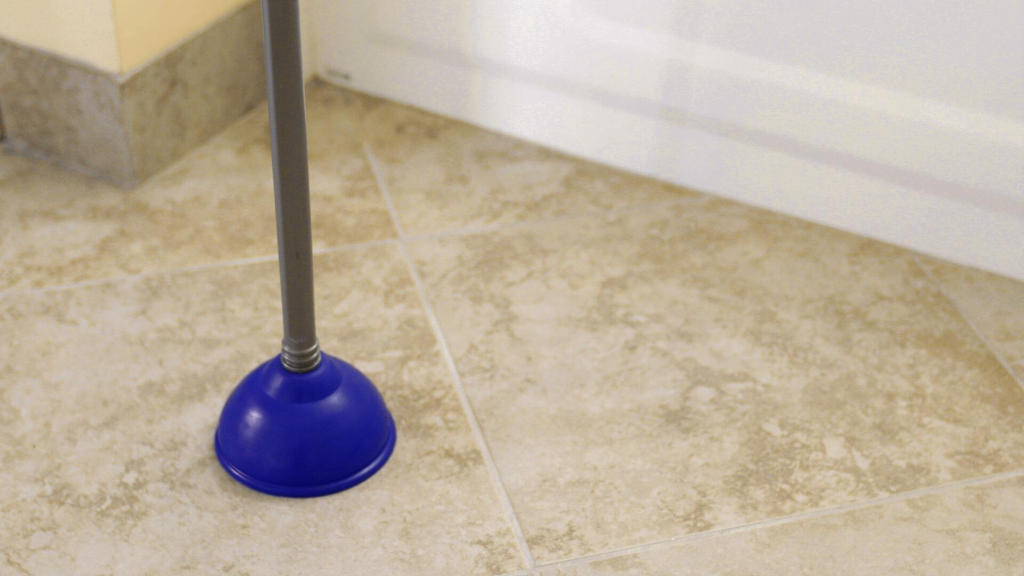There are a lot of projects around the house you DIY with just a little know-how and some elbow grease. Here, we teach you several ways to unclog a kitchen sink drain without calling a plumber.
It can be a helpless feeling when a clogged kitchen sink won’t drain. With water backing up and a counter full of dirty dishes waiting to be cleaned, it may be tempting to reach for the phone and call the plumber to fix the problem for you. But before you do that, first read these easy, do-it-yourself ways to unclog that drain. You can do it! Read on to learn how.
1. Start with boiling water
This is the easiest and least expensive solution of all, which makes it the best one to try first. Here’s how:
- Place a kettle or pot of water on the stove and bring to a rolling boil.
- While you’re waiting for the water to heat, remove as much standing water from the sink as you can, using a mug or small pot to bail out the water.
- Pour the entire kettle of water into the sink and let it sit for a couple of minutes. If the water stands in the sink without draining, that means the clog is still there.
- Give the water time to cool for about five minutes and then remove it by scooping out as much cooled water as possible with a small jug or container and disposing of it in another sink or toilet.
- Try the process again. You may need to repeat the process several times to move the clog, but this strategy often works on many types of blockages.

This is another combination that can clear out sink clogs. Mix about a cup of baking soda with half a cup of salt, and pour this mixture down the drain. Let the mixture sit for several hours, then flush with boiling water. You can repeat this process again if it doesn’t work the first time.
6. Get out the plunger

If any of the previous home remedies aren’t successful in unclogging your sink drain, it’s time to reach for a common household plunger. If you have a double sink, first seal off the drain on the other sink with a wet cloth or a stopper. You’ll need to create a tight seal around the plunger, so fill the side of the sink you intend to plunge with enough water to cover the bell of the plunger. Place the plunger firmly over the drain and plunge vigorously several times. When you hear the suction clear the clog, remove the plunger and flush the drain well with warm water for a couple of minutes.
7. Clean the P-trap
The P-trap is at the curve of the drainpipe under the sink, usually inside a cabinet. It may be necessary to clean your kitchen drain’s P-trap to clear the clog. Place a pan or bucket underneath the drain to catch any water or debris that may fall out. Unfasten the P-trap from the drainpipe and clear out anything that is stuck. Then replace the P-trap (make sure all connections are tight and closed up) and run warm water through the pipes for a few minutes.
8. Try a plumber’s snake
https://www.youtube.com/embed/iw9rAnx6l7k?modestbranding=1&rel=0
Sometimes called an auger, a plumber’s snake is a handy tool that can clear clogs stuck further down the drainage system under your kitchen sink. You’ll have to disassemble the drainpipe and P-trap that runs underneath the kitchen sink to expose the “stub pipe” or “stubout” that travels behind the cabinet wall. This is where you insert the snake into the pipe until you feel resistance to break up the clog.
9. Use a coat hanger

If you don’t have a plumber’s snake, you can use a wire coat hanger as a substitute by straightening it. Of course, it won’t reach as far as a plumber’s snake would, so it may be long enough to reach some clogs. But it’s worth a try when all else fails! Insert the straightened hanger wire into the kitchen drain or stub pipe to push through or pull out the clog if you can reach it. Be careful not to scratch your sink with the wire.
To keep your sink smelling fresh and running clear, pour in equal parts vinegar and baking soda on a regular basis, usually once or twice a month. For routine cleaning, you’ll just need about half a cup of each. Let the mixture sit for a few minutes before running some warm water down the drain. You can also use lemon juice for the same purpose. Or, if you have a garbage disposal, drop a few strips of lemon or orange rind down the disposal, and turn it on for about 30 seconds to grind up. Let the mixture sit for about five minutes, then rinse.
Of course, it’s always easier to avoid clogs in the first place. If you have a kitchen garbage disposal, don’t overload it. Feed items in a little at a time, and wait until they grind and run through completely before adding more. Know what you can and can’t put down a garbage disposal, and don’t ever put bacon grease, coffee grounds or oils down your kitchen drain. Also, always make sure you run plenty of water down the drain after each use. It’s important to know how to maintain and care for your all your home’s plumbing components and systems to keep things running smoothly.
